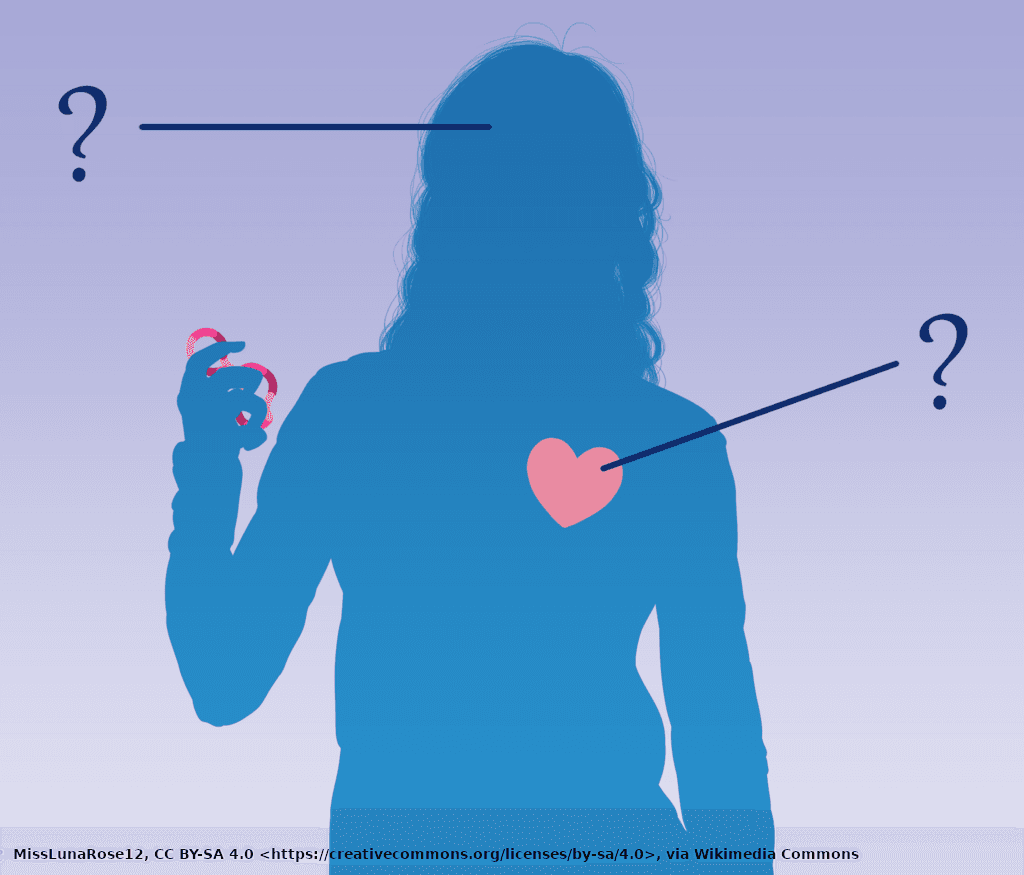Emotional Intelligence
Body Mapping for Emotional Awareness

4 min read
#Emotional IntelligenceUnderstanding Body Mapping: A Tool for Emotional Awareness
Body mapping visually illustrates how emotions manifest physically within the body. Each emotion is mapped with colours: warm (red/yellow) indicating increased sensation, and cool (blue/black) indicating numbness or decreased activity. This tool helps you connect with your emotions and understand how they physically impact you.
Action Steps:
- Daily Body Scan: Spend 5 minutes scanning your body for sensations. Start at the top of your head and work your way down to your toes. Describe how each part of your body feels and record your findings. What parts would you describe as warm and which as cool?
- Emotion Mapping: Compare your records with the above body-emotion map.
- Reflect: Reflect on your findings and what insights you have gained into what you are feeling. Has the scan confirmed an emotional state that you were already aware of? Has it helped you to become aware of something that you are feeling but weren't fully aware of? What are some things that might be impacting how you feel? Record your findings.
- Share: Consider sharing what you are feeling with close friends or family.
Why Body Mapping Matters:
-
Recognizing Physical Sensations
- Emotions are not just mental experiences; they physically manifest in our bodies. For example, anger often causes intense heat in the chest and arms, preparing us for confrontation, while sadness creates a cooling effect in the limbs, reflecting a feeling of heaviness or withdrawal.
- Intentional Tip: By recognizing where emotions manifest, you can become more attuned to how you’re feeling and respond to those sensations in a healthier way.
-
Developing Emotional Vocabulary and Physical Awareness
- Emotions can be complex, and having an expanded vocabulary helps articulate your experiences more accurately. This body map allows you to connect physical sensations with specific emotions.
- For example: Instead of simply saying "I’m stressed," notice if there's heat in your chest (anxiety) or warmth in your hands (excitement). This helps you identify and communicate your emotions more effectively.
-
Reckoning With Emotions Through Body Awareness
- Recognizing where emotions manifest in your body is the first step in managing them. When you feel heat in your chest or hands (anger or fear), use deep breathing or grounding techniques to dissipate that energy before it escalates.
- Intentional Practice: If you feel sadness as a cool sensation in your limbs, engage in activities like physical exercise or connecting with others to "warm up" those areas and regulate your emotional state.
-
Empathy and Interpersonal Connections
- Understanding how emotions physically manifest helps you empathise with others. When you notice someone with tense shoulders, recognize that they might be feeling anxious or stressed. This awareness fosters empathy and supports stronger relationships.
- Intentional Application: Use this knowledge to respond thoughtfully, offering comfort or support when you observe others experiencing intense physical sensations tied to emotions.
-
The Strength in Emotional Cultivation
- Body mapping challenges the stereotype that strength means ignoring or suppressing emotions. Instead, it encourages acknowledging and managing emotions in a way that promotes resilience and self-awareness.
- Key Takeaway: By understanding how emotions manifest physically, you can practise intentional masculinity by channelling your emotions constructively, rather than letting them control you.
Techniques for Using Body Mapping
- Emotion Mapping: Visualise emotions as weather patterns in your body. Is anger a storm in your chest? Is happiness a warm sun in your hands? This helps you identify your emotional states.
- Daily Emotional Forecast: Predict your emotional state each morning and reflect on its accuracy at night, enhancing awareness.
- Body Scanning: Regularly scan your body for areas of tension or warmth, and connect these sensations to specific emotions.
Applying Body Mapping Daily
- In Stressful Moments: Identify where you feel tension and use deep breathing to calm yourself.
- During Positive Experiences: Notice where joy or pride feels warm or light and savour those emotions.
- Supporting Others: Recognize body cues in others to offer empathy and support.
Overcoming Barriers
- Challenge Emotional Suppression: Body mapping encourages connection with emotions, not avoidance.
- Practice Consistently: Regular practice makes identifying physical sensations easier.
- Be Patient: Emotional awareness through body mapping takes time to develop.
Balancing Emotional Strength with Body Mapping
- Recognize Early Signs: Identify emotions as they arise, allowing you to respond intentionally.
- Combine with Mindfulness: Use mindfulness techniques alongside body mapping for greater control.
Remember: Body mapping is a practical tool for enhancing emotional awareness and regulation, helping you connect with emotions and practise intentional masculinity with confidence and empathy.
Further Reading
Learn more about bodily sensation mapping (BSM) here
